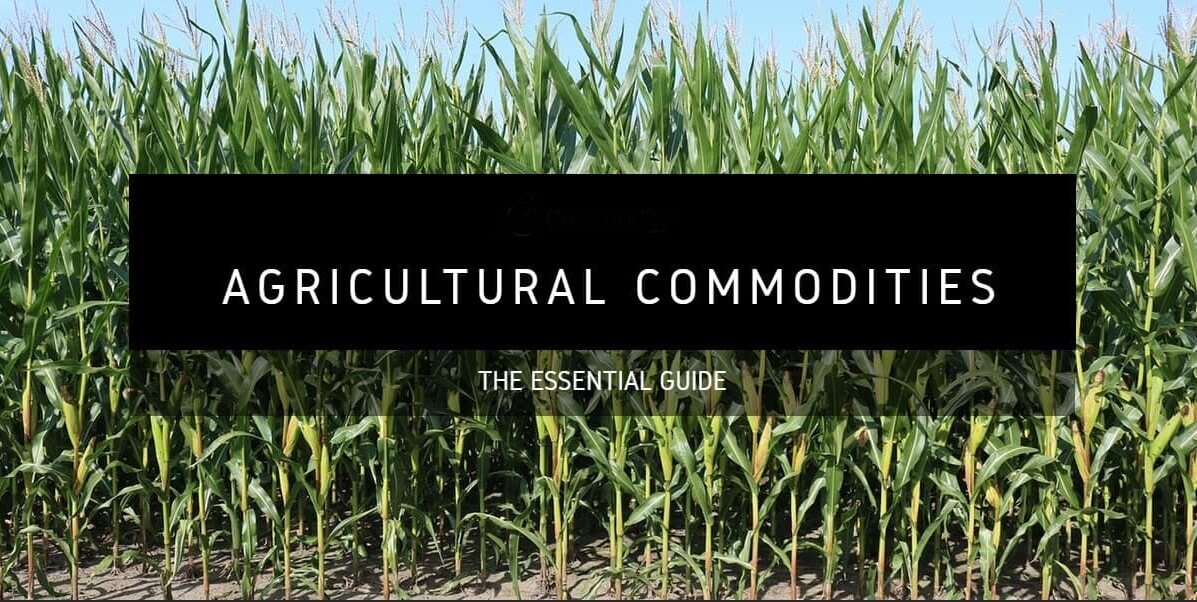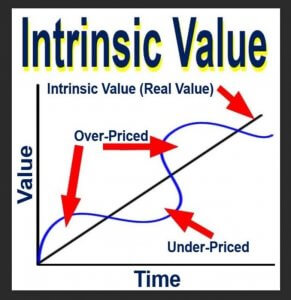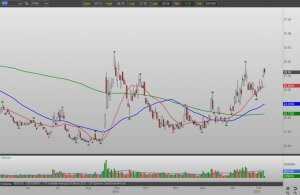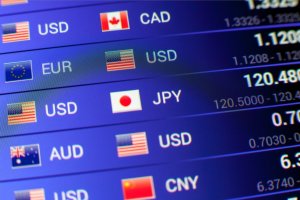Agricultural commodities include items that revolve around crops and animals, making them an important source of nourishment for many people and animals in the world. These commodities can also play a role in industrial applications, such as the building of furniture, fabric for clothing, and skin and hair care products.
Many of these items can serve multiple purposes. For example, corn is food, but it is also used as an ingredient in fuel production. Beef can also be consumed, while other companies use other parts from the cow to make products. This sector also employees more than 1.3 billion people, which is nearly 20% of the entire world’s population. Even with the uncertainty of Forex trading, we know that humans will always have a need for agricultural commodities. In this article, we will provide a breakdown of each of the categories of industrial products and the driving forces behind their prices.
Cereal Grains
This category includes grains like oats, wheat, corn, barley, and rough rice. They serve as food sources for humans and animals. Some of these options, like corn, can be used in fuel. If you monitor the spread between one grain and another, it will give you a good idea of the values of one grain against another. Try Googling “What are the grain prices today?”
Oilseeds
Canola, cotton, palm oil, and soybeans are all examples of oilseeds because they have high oil content in their seeds. The meal from these crops can also be used in clothing and other industries. These are considered to be one of the most important crops in the world.
Meat & Dairy
This category revolves around livestock and includes live animals sold for meat, hide, organs, bones, and other parts, or cuts of meat that are meant to be consumed. Dairy products are primarily used for cooking and include staples like milk, butter, whey, and cheese.
Soft Commodities
Items in this category are farmed and are usually separated from cereal grains, oilseeds, meat, and dairy. Coffee, Cocoa, and Sugar are common examples.
Miscellaneous Commodities
These commodities include items like lumber, rubber, and wool that don’t really fit into any of the above categories. Of course, these items serve multiple uses in different industries like clothing, building houses, and others.
You might find yourself wondering whether you should add agricultural commodities to your trading portfolio. First, you should consider that the price of these products is driven by population growth, agricultural productivity, technology, demand for meat in China, and global warming. Population increase will create more of a demand for these items as the population increases to an expected 9 billion people in the next 20 years.
Agricultural productivity is growing in more developed countries, but it is lacking is less developed ones. Technology can help farmers figure out the best times to plant, monitor the weather, test livestock, and perform other useful tasks. China is the largest meat consumer in the world and that demand is also expected to increase with population growth. As for global warming, heatwaves might kill off crops as temperatures increase over time. This would obviously hurt crop production.
Some other advantages of trading these products are high liquidity, transparent prices, leveraged trading options, and the fact that there are a lot of products to choose from. Of course, these products carry their risks just like any other forex instruments, so traders should be well-educated and prepared before investing in any asset.






